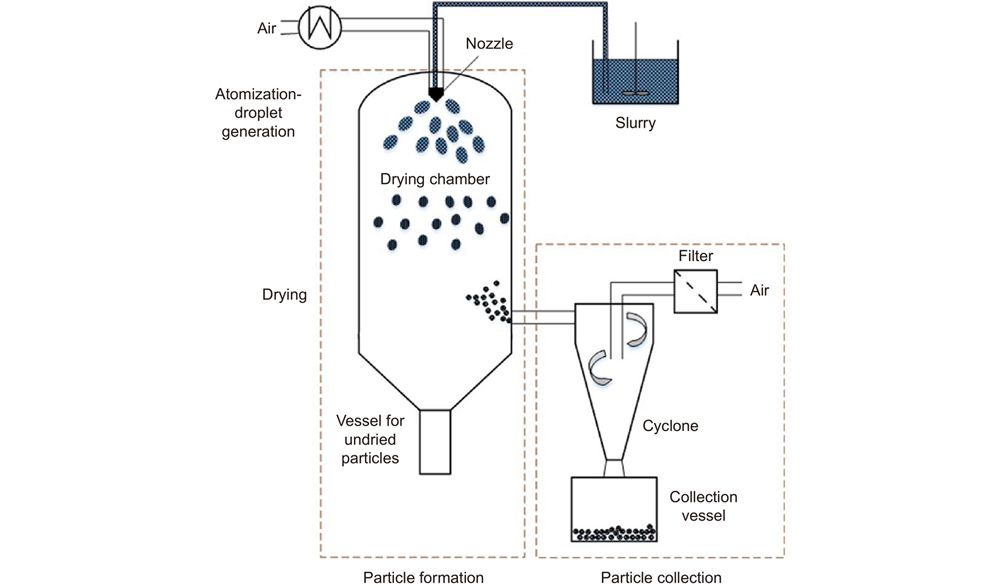Hailong Li, Pan Min, Zhao Feng, Hao Xian, Hong Liu, Jingzhong Fang. Effect of forming process on microstructures and properties of aluminum oxynitride[J]. Opto-Electronic Engineering, 2022, 49(6): 210354
Search by keywords or author
- Opto-Electronic Engineering
- Vol. 49, Issue 6, 210354 (2022)
Abstract

Set citation alerts for the article
Please enter your email address



